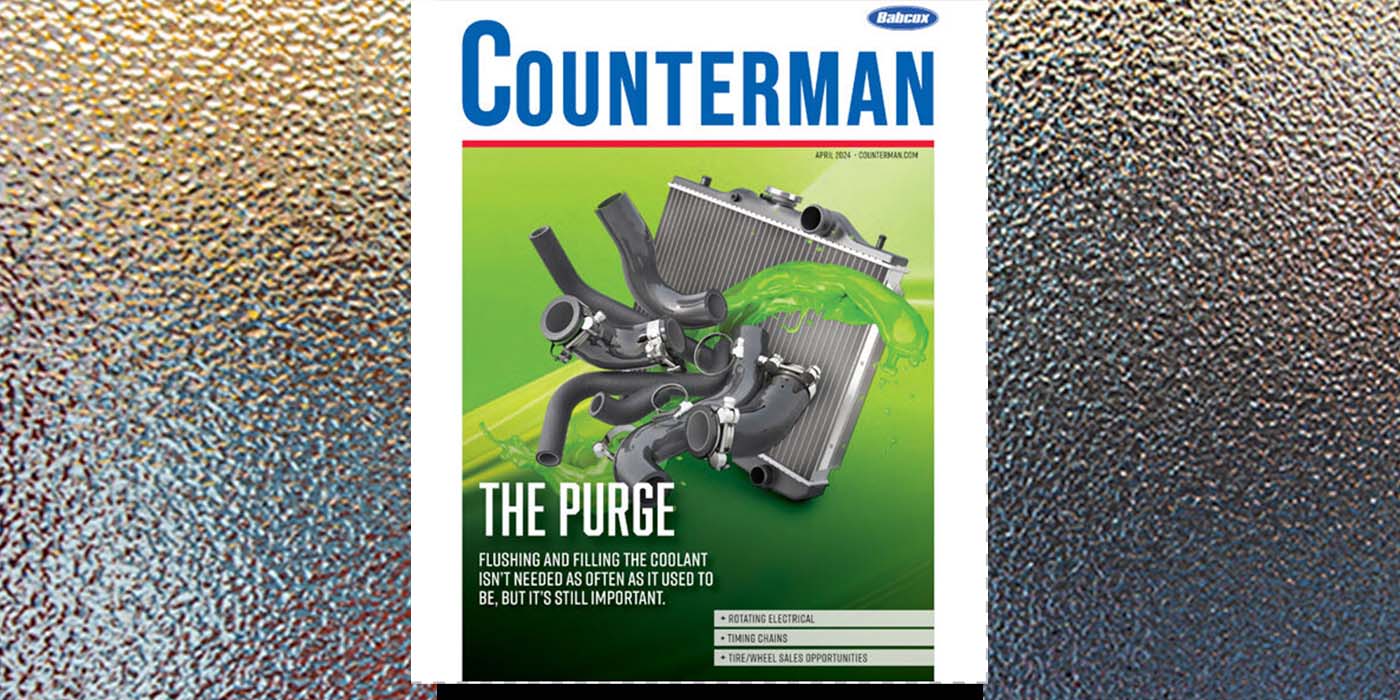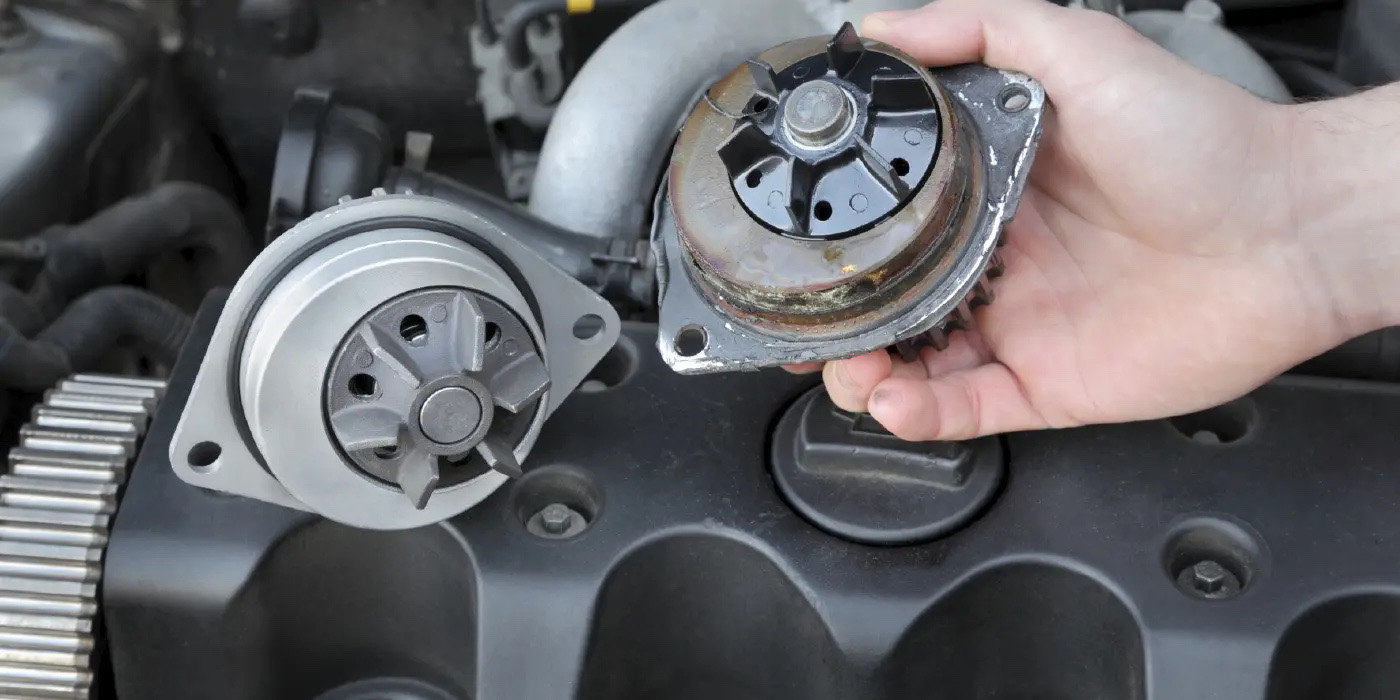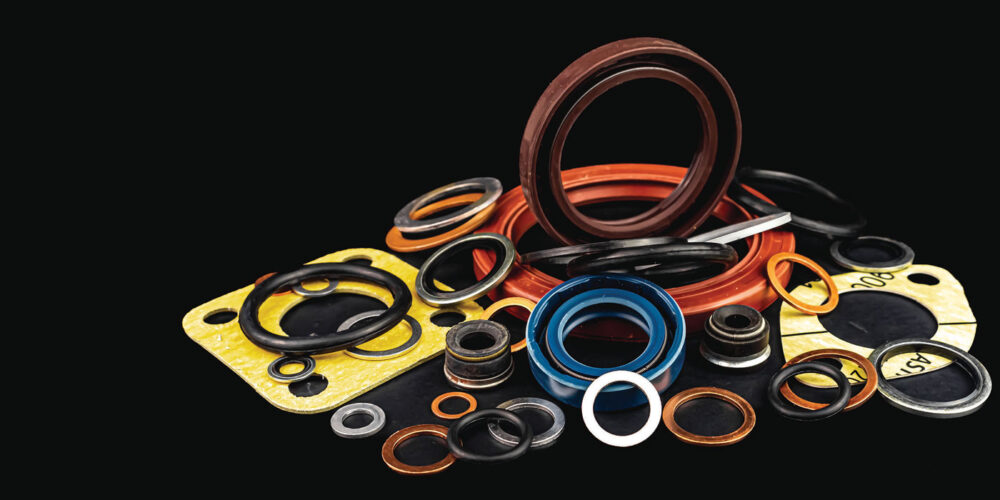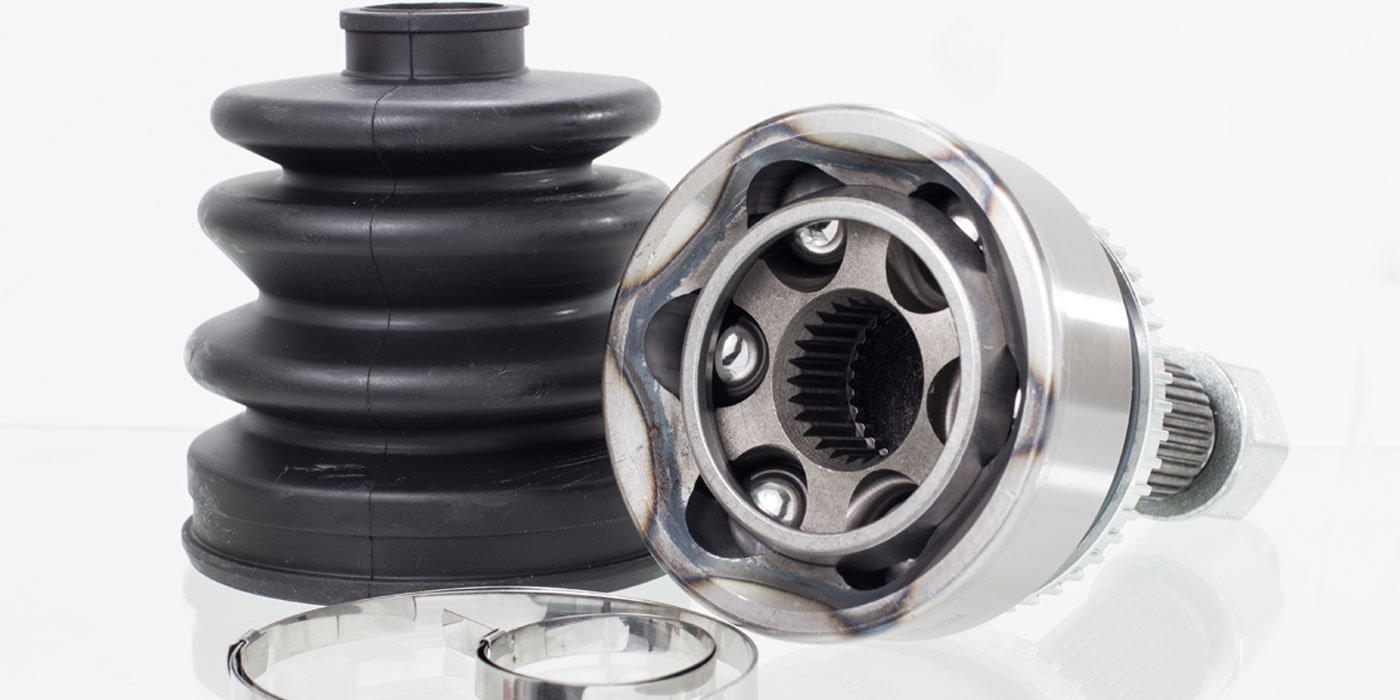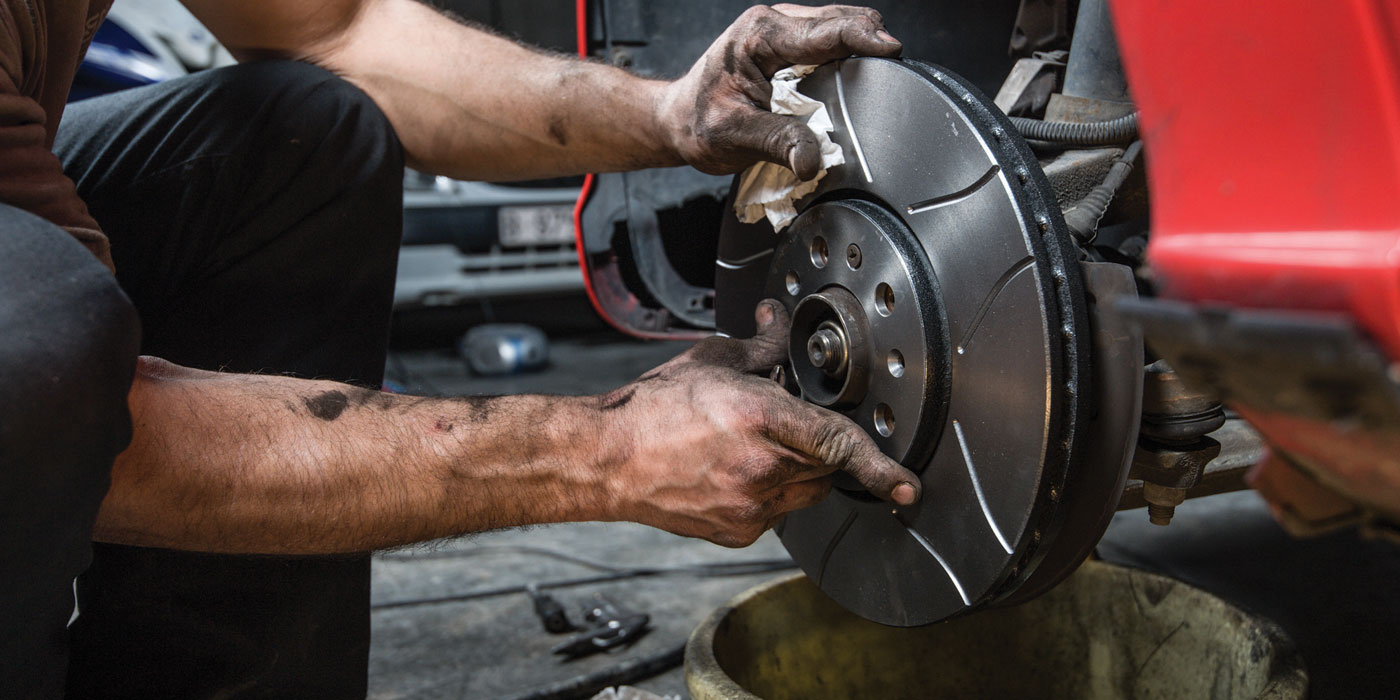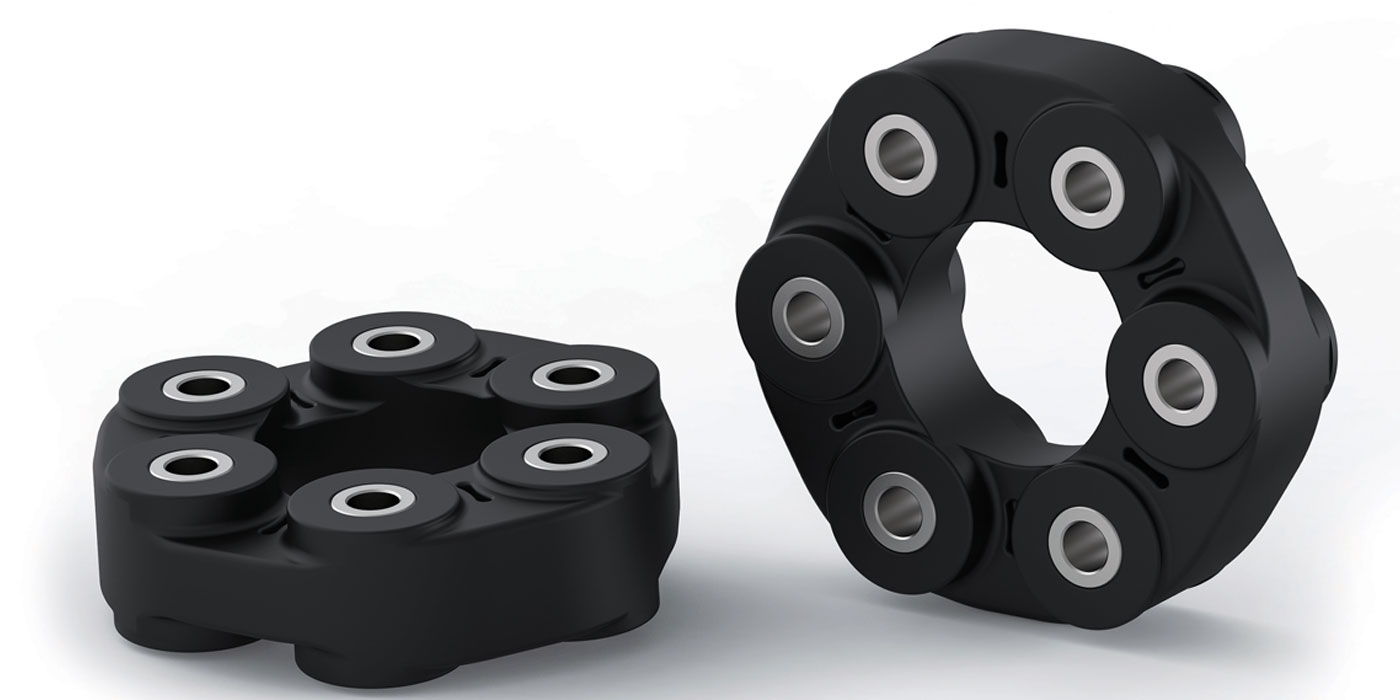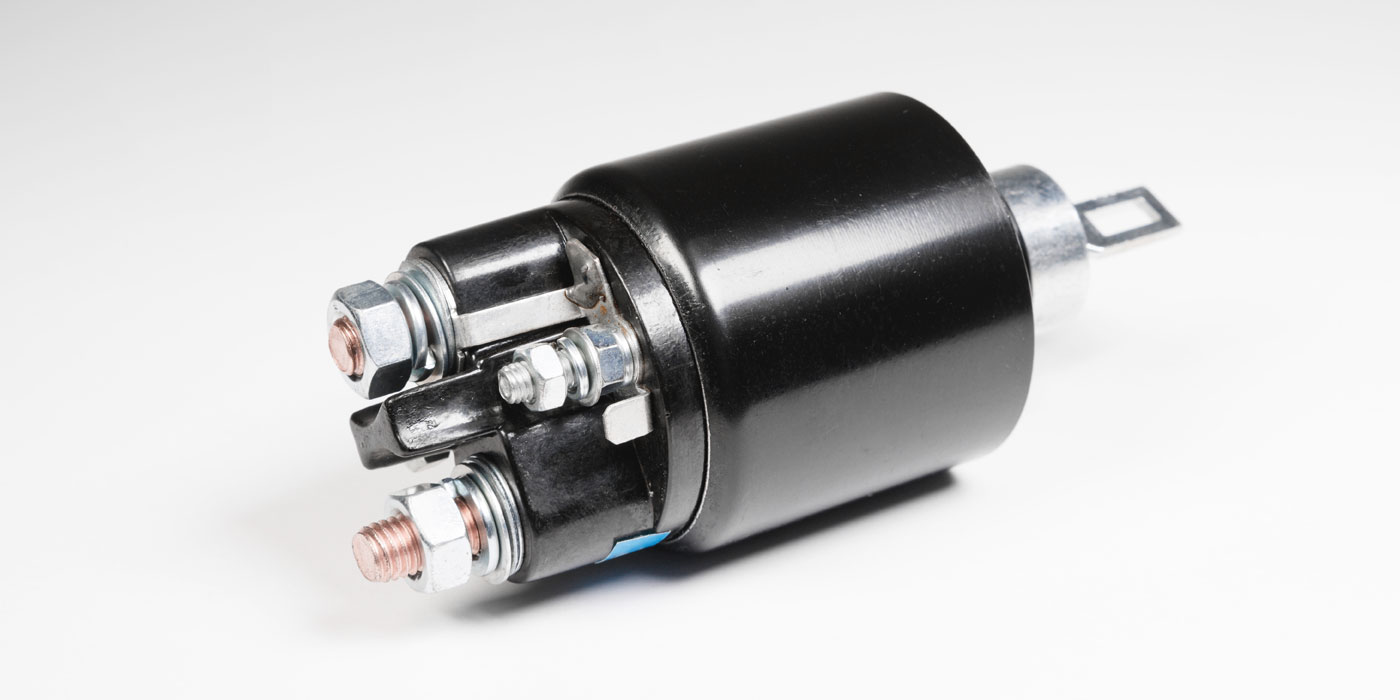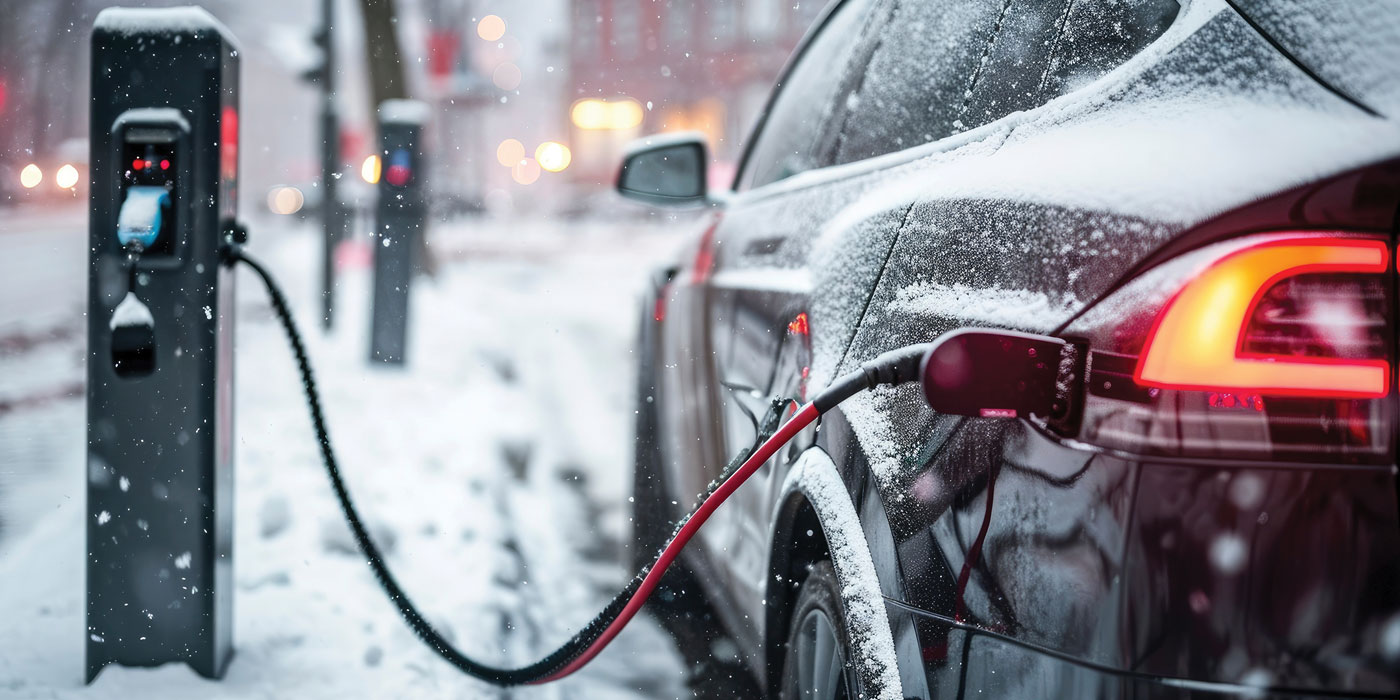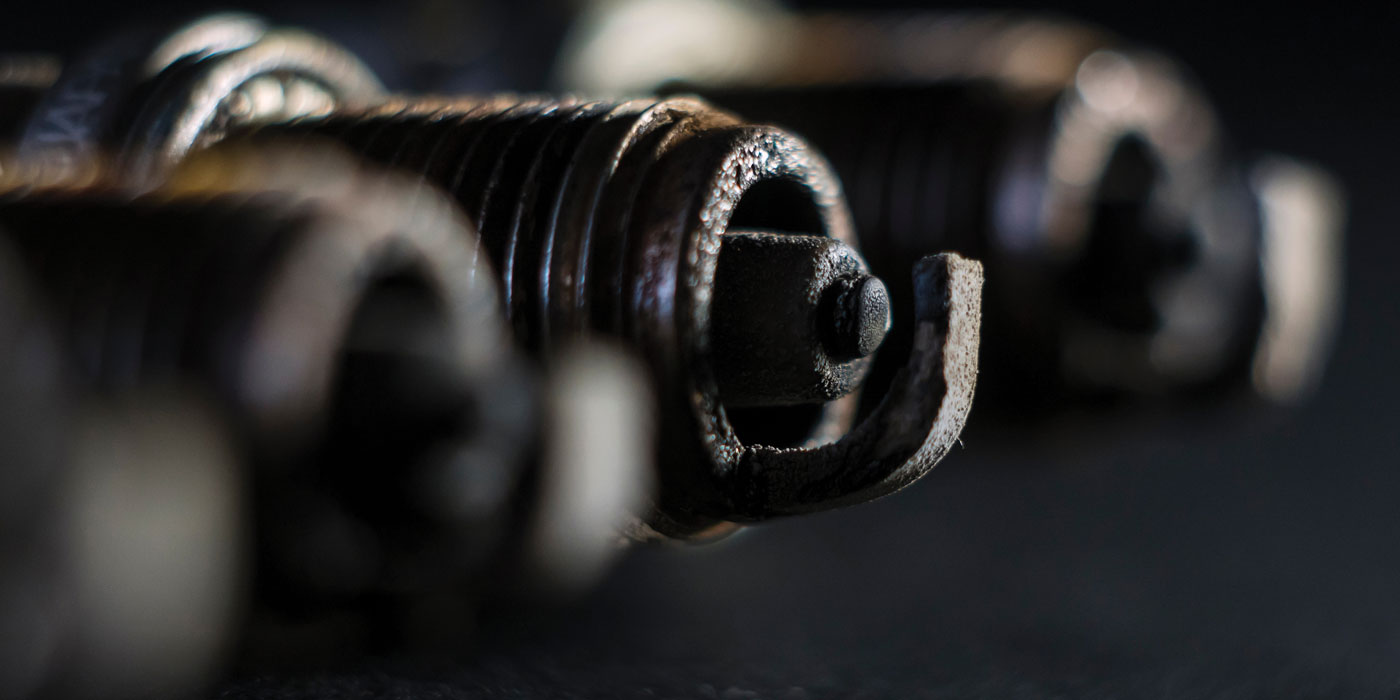Though a lot of technical improvements have been made in ride control technology in recent years, the replacement market for shocks and struts has remained relatively static. The economy has had a lot to do with the sluggish sales, but other factors are equally to blame. One reason shocks and struts are not flying off store shelves is because many technicians don’t take the time to inspect these parts when doing alignments, brake work, oil changes or other undercar repairs. If nobody tells the vehicle owner that his shocks are weak or worn out, chances are the customer may not realize how much the ride control characteristics of his vehicle have changed since it was new.
Consumers are generally uneducated about the impact poor ride control can have on braking, handling, traction, tire wear and driving safety. Most consumers still think ride comfort (or lack thereof) is the only reason why shocks or struts might have to be replaced. That’s why one aftermarket shock manufacturer has been recommending the replacement of the shocks and struts every 50,000 miles. By suggesting a specific mileage interval for replacing the original equipment dampers, it sends a message to consumers (and technicians) that shocks and struts do not last forever, and eventually should be replaced to restore like-new ride quality and control.
Ride control is especially important with today’s high-tech antilock brake and stability control systems, as well as electronic suspensions and self-leveling suspensions. Stability control systems, in particular, are calibrated to work with the spring rates and dampening characteristics that were engineered into the vehicle. If the shocks or struts are weak and providing poor control, and/or the springs are weak or sagging, the stability control system may not be able to control the vehicle with the same degree of effectiveness as when these parts were new.
Worn rear shocks, for example, can allow a lot more wheel bounce when braking hard on a rough road. If the tires are losing contact with the road, it may trip the antilock brake system unnecessarily. When making a sudden steering maneuver, excessive body roll or suspension motion could affect the ability of the stability control system from limiting understeer or oversteer by counterbraking. So with today’s high-tech systems, weak shocks and struts can affect a lot more than ride comfort.
ELECTRONIC RIDE CONTROL
Electronic suspensions have been around for nearly two decades, and include everything from electronically adjustable dampers to self-leveling and adjustable ride height systems. Some of the more sophisticated applications combine variable dampening rates with variable rate air springs to optimize handling, ride comfort and cornering agility. The body control computer monitors vehicle speed, steering angle and G-forces, and in some cases, suspension movement to vary the ride control characteristics of the suspension. The shocks and struts may have an internal solenoid valve or electric motor that repositions the valving to vary the resistance of the dampers. On other applications, the shock may contain a special magnetorheological fluid that changes viscosity (thickness) when exposed to a magnetic field created by a small coil inside the shock.
These high-tech electronic shocks and struts can provide both a smooth ride and firm handling when everything is working correctly. But like ordinary hydraulic shocks and struts, they eventually wear out or fail electronically. And when they reach the end of the road, they can be VERY expensive to replace. We’re talking hundreds of dollars apiece for many of these parts.
Availability can also be an issue if a vehicle is more than about 10 years old. Many new car dealers do not stock parts for older vehicles because the vehicle manufacturer has discontinued the parts. Fortunately, this creates a tremendous sales opportunity for the aftermarket because replacement shocks and struts are available for many of these applications, including much lower cost conventional replacement shocks and struts. Obviously, replacing a set of high-tech electronic shocks with conventional shocks will disable the electronic ride control system. But for owners of older vehicles who can’t afford the repairs, it is a cost-saving option that may be considered.
The same goes for many air-ride and air-assisted, self-leveling suspensions. Leaks are always a problem with air suspensions of any type. Air springs can leak. Air lines can leak. Fittings and connections can leak. What usually happens when a leak develops is that the compressor runs continuously in an attempt to overcome the loss of air pressure. These little compressors are not designed to run continuously, so eventually they overheat, burn up and fail. Now the repair requires not only new shocks, air lines and/or air springs, but also a new compressor. The cost to repair the system may be more than an older vehicle is worth. So the vehicle owner has a tough decision to make: to spend the money, to look for a less expensive solution to his problem, or to junk the vehicle.
Old Lincolns and Cadillacs with air-spring suspensions are notorious for failing and going flat. They can also cost a small fortune to fix — unless the original air-spring struts are replaced with conventional metal springs and struts. The latter cost much less than the original equipment parts, yet provide a satisfactory ride without all the complication and potential for more expensive repairs down the road.
Another high-tech shock to be aware of is the self-leveling Nivomat monotube shocks made by ZF Sachs. They are used on the rear suspensions of some 2004 and newer vehicles such as Chrysler minivans and Pacifica, Chevy Suburban and Tahoe, Cadillac CTS as well as other Ford, Jaguar, Kia, Mitsubishi, Saab and Volvo models. Unlike other self-leveling suspensions that use air bladders, air lines and compressors to maintain ride height, Nivomat shocks use an internal accumulator, pump and valving to maintain a predetermined ride height as the vehicle load changes. The shocks can also adjust their dampening characteristics to changing driving conditions, too.
Nivomat shocks are calibrated for specific vehicle applications, as are the rear springs (which are usually softer because the shock also supports a portion of the vehicle’s weight). Because of this, most vehicle manufacturers say a worn or defective Nivomat shock should be replaced with the same — not a conventional shock. Even so, aftermarket shock suppliers have come out with less expensive conventional replacement shocks for many of these applications. They obviously can’t provide the self-leveling feature, but for the difference in price many motorist can live without it.
PERFORMANCE UPGRADES
One of the best ways to sell ride control products is to sell ride control performance upgrades. Though this market segment is limited primarily to sport and performance vehicles, and off-road trucks, the bright side is that some vehicle owners will replace relatively low-mileage stock parts, even brand new parts, with aftermarket performance parts. They won’t wait for the original parts to wear out because they want enhanced ride control NOW — and will even pay premium prices for top-of-the-line performance parts.
This includes high-pressure monotube shocks as well as coil-over conversion kits, and even complete suspension handling kits that include shorter stiffer springs, sway bars and bushings. The best results are often obtained by going with a totally engineered suspension package rather than mixing and matching parts from different suppliers.
Adjustable shocks and struts (either manual or electronic) provide the best of both worlds: everyday driving comfort with soft settings to firm ride control with stiffer settings. A common mistake that some driving enthusiasts make is to have a track suspension installed on a street car. I recently bought a used 2008 Mustang GT that somebody had fitted with a set of Steeda brand performance shocks. On a smooth road, the car handled and cornered like a go-cart, and could keep up with nearly any Corvette. But on potholed and patched urban streets or washboard and tar strip covered highways, the car rode like a pogo stick and felt like it would jolt the fillings out of my teeth. What works great on the track is often not the best choice for the street.
So what did I do? I removed a set of perfectly good, low-mileage ultra-stiff performance shocks (which probably cost upward of $400 a pair new) and replaced them with a some smooth riding gas-charged aftermarket shocks. The difference in ride quality was immediate and dramatically more practical for a daily driver, yet there was little, if any, noticeable sacrifice in cornering agility or handling. The car still handles great but is much less harsh to drive. So if you are selling performance shocks to a customer, make sure you find out what kind of driving they do (and not just on weekends, but all week long). Then, recommend a set of shocks or struts that best matches the application.
For many, that would be some type of monotube high-pressure gas-charged shock or strut, preferably adjustable if the vehicle is a dual purpose daily driver. These are available from various aftermarket suppliers, as are spring and performance suspension handling kits.
TYPES OF SHOCKS
In a conventional twin-tube shock absorber, an outer tube that acts as the fluid reservoir surrounds the inner piston chamber. As the shock pumps up and down, the action of the piston forces the hydraulic oil inside to flow back and forth through valving in the bottom of the shock into the outer fluid reservoir. In a monotube shock, there is no outer fluid reservoir. All the fluid remains in the piston chamber, and a floating piston separates the fluid from a high-pressure gas charge.
As the piston moves down, the fluid pushes against the floating piston and compresses the gas charge underneath it. The gas is actually nitrogen (air with oxygen and moisture removed). This creates a sort of “air spring” effect that keeps the fluid under constant pressure to reduce foaming as it flows back and forth through the orifices and valves in the piston.
For the monotube design to work, the gas pressure under the floating piston in the bottom of the shock must be quite high: typically 260 PSI or higher. This also requires a good seal on the floating piston and a highly polished surface inside the piston tube — both of which increase the manufacturing cost of the shock.
When the monotube design was invented back in the 1950s, it was a revolutionary breakthrough in shock absorber technology. The floating piston and high-pressure gas charge solved the foaming problem that had plagued conventional hydraulic shocks for a long time. When the fluid foams, the tiny bubbles offer less resistance to the motions of the piston causing the dampening characteristics of the shock to fade. This allows more wheel bounce and suspension motion and hurts handling. So when the first monotube gas charged shocks came out, it made a dramatic improvement in handling control.
Monotube shocks were widely used in racing in the 1960s and 1970s, and found their way into NASCAR in the 1980s. Since then, monotube shocks have also been used as original equipment on a variety of cars including Mercedes, Audi, Porsche, BMW, Saab and Volvo, 1993 and newer Camaro and Firebird, late model Corvettes, and even some pickup trucks.
In addition to reducing fluid foaming for better ride control (which is the gas-charged monotube shocks main advantage), the design has additional advantages over a conventional twin-tube shock:
The monotube shock provides better heat dissipation and cooling than a twin-tube shock. There is no outer tube or fluid reservoir to inhibit heat flow, so the monotube shock runs cooler and delivers more consistent ride control.
A monotube shock is lighter than a twin-tube shock that has the same external diameter. This reduces unsprung weight and allows the wheels and tires to follow the road more closely.
A monotube shock can be mounted in any position (right side up, upside down or even sideways) and still work. A twin-tube shock uses gravity to drain the fluid down through the valving in the bottom, and maintain the gas charge in the outer reservoir. But a monotube has a floating piston and no reservoir, so the orientation of the shock does not matter. On racing applications such as Formula One or Indy Cars, the shocks can be mounted sideways inside the body to reduce drag for better aerodynamics.
A monotube shock has a larger diameter piston than a twin-tube shock that has the same external dimensions, which gives the shock greater sensitivity for small piston motions.
Regardless of what type of dampers may be used on a vehicle as original equipment, or as aftermarket replacements, shocks and struts should be inspected periodically to make sure they are not leaking, damaged or worn out. Fluid leaks occur if the piston shaft seal is worn. Sooner or later, a leaky shock will lose enough fluid to reduce its dampening ability.
Gas leaks are harder to see, but if a piston is leaking fluid, chances are it has probably lost its gas charge, too, reducing its ability to prevent foaming when the shock is working hard. This leads to shock fade and loss of ride control.
A bounce test is still a valid means of identifying weak dampers. Rock the suspension several times up and down, then release it. If the dampers don’t stop the motion within once bounce, the shocks are weak and should be replaced to restore like-new ride control.
Other symptoms of worn shocks include suspension bottoming after hitting a bump, excessive nose dive when braking, excessive body lean or sway when cornering, a bouncy or undulating ride, wheel shudder or shimmy after hitting a bump and cupped tire wear.
Worn shocks and struts should always be replaced in pairs (both fronts, both rears or all four) to maintain even ride control. Other suspension parts such as the springs, bushings, ball joints and steering linkage also should be inspected for worn, loose or damaged parts.


